There We Will Be Buried at Institute of Contemporary Art

There We Will Be Buried at ICA is a part of the London International Festival of Theatre 2012 (LIFT), which brings together international artists, actors, directors and writers across the city. One of the main aims of LIFT is to showcase performances that challenge expectation on what theatre is or can be. Traditional expectations about theatre are often challenged and plays throughout LIFT often blur disciplines from other types of performing and visual arts.
Yair Oelbaum’s new play There We Will Be Buried explores the gap between performance art and theatre by constructing (or rather presenting) a story which, by definition, is lacking narrative. Oelbaum’s two main characters Lydia and Orpah are unable to forge genuine identities or to interact with the world around them in a coherent and connected way. Further, since Oelbaum himself plays the role of Lydia and has written the other roles specifically in mind of the other players that would step into them (his family and very close friends), the distinction between character, player and author is almost entirely broken down.
Lydia and Orpah set out together on a seemingly misled journey to recover Lydia’s lost child – a child, it transpires, who may or may not be anything more than a photograph. With child-like naivety and a strange kind of twisted logic, Lydia fails to see the distinction between an image and a human being, commenting “how would you like it, if I said you weren’t a person?” Having turned his back on his Orthodox Jewish upbringing, along with the other players on stage, Oelbaum has partially used the play as a vehicle for deconstructing religion’s exaltation of objects, highlighting the foolishness inherent in raising things above what they actually are. Likewise, both characters are unable to engage convincingly with any activity other than prayer, so that these actions come to construct every comprehensible facet of their otherwise completely disconnected selves.
This sense of disconnection is compounded by Oelbaum’s decision to have all the play’s dialogue pre-recorded and played over the performance, with the players needing to put physical effort into not speaking. A television screen on stage shows the character’s facial expressions during a previous performance. These factors combine to mimic the character’s disconnection with genuine selfhood with the play’s lack of ability to create a coherent representation of its characters.
Predictably, there is also a total deconstruction of the fourth wall, with the set pushing forwards towards the audience in the second half and the players not constraining themselves to the space of the stage but frequently entering the audience. This aspect contributes to the blur into performance art. There We Will Be Buried is not so much an entertaining piece, but rather an experiment in the use of sound and structure within theatre. Like a great deal of performance art, it is self-indulgent and does not feel the need to explain itself. In this way, it is almost an item of art writing; an examination of expression itself, rather than a play which portrays a narrative or expresses a specified subject.
Abigail Moss


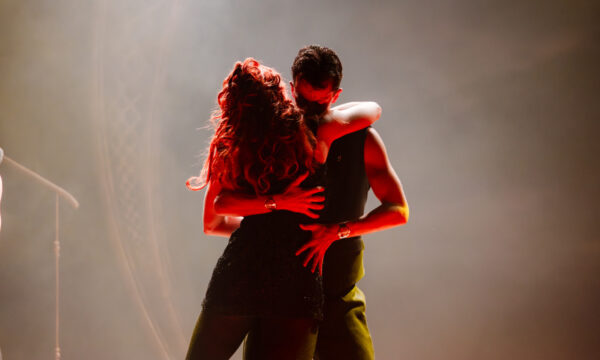
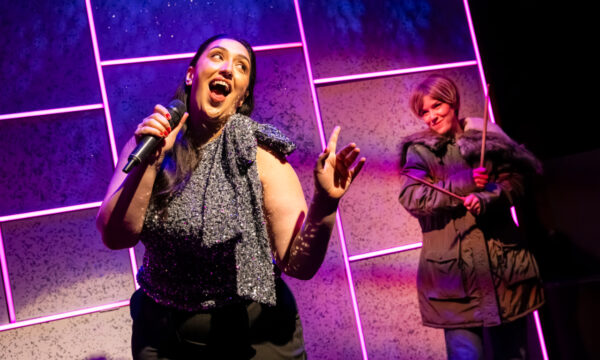
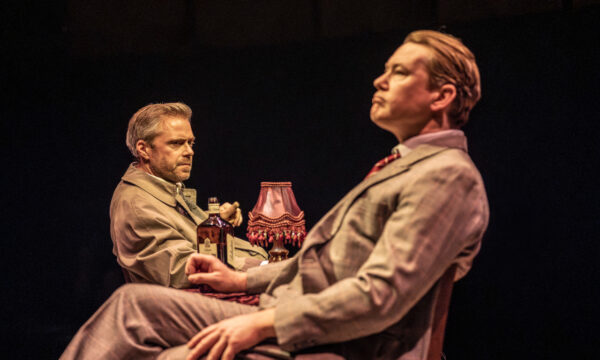
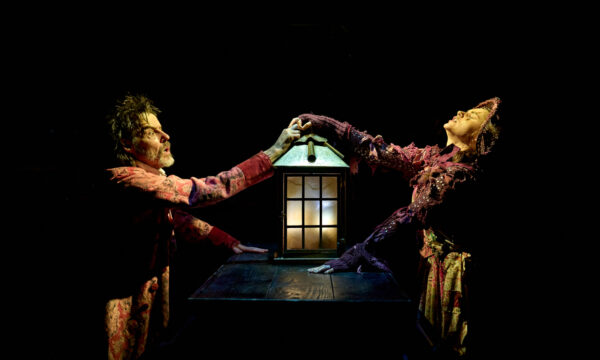
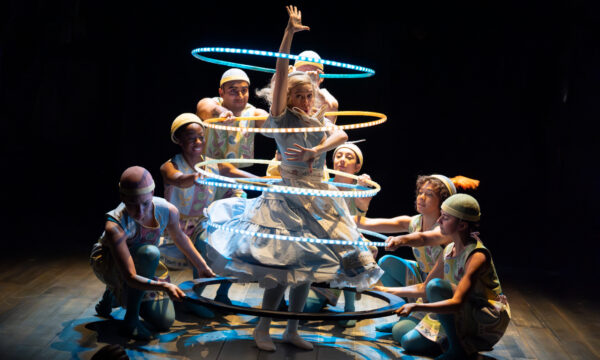
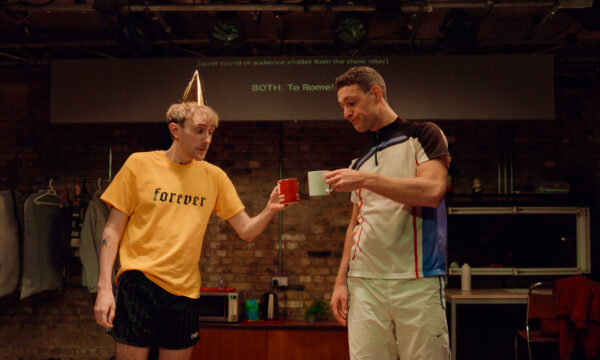

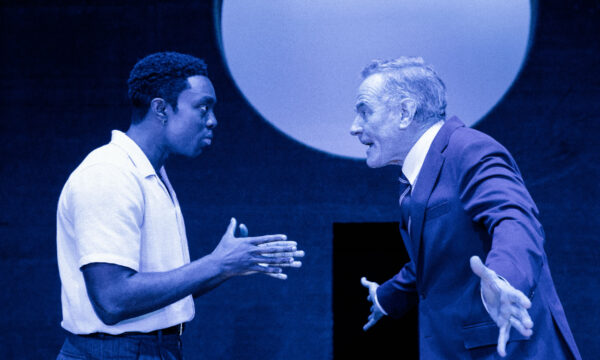
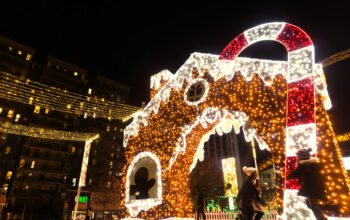









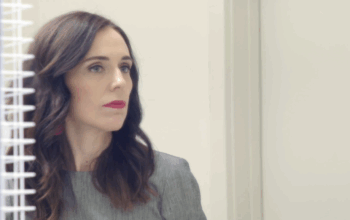


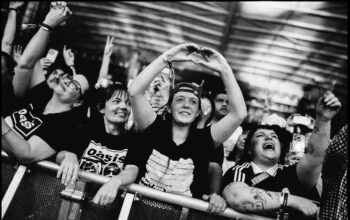
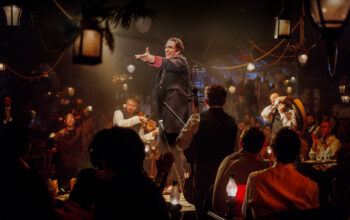
Facebook
Twitter
Instagram
YouTube
RSS